
You’re enjoying your favorite movie on your computer when you suddenly see a black screen and notice the PC has turned off.
It could be a sudden movement that unplugged the power cord or a simple power outage.
When you turn the PC back on, there’s nothing there, and you need to play the movie again.
That’s harmless, but what if you were doing something critical on your PC?
Would you have lost it permanently?
What Kind Of Data Can Be Lost When A Computer Is Turned Off?

Any unsaved data can be lost when you turn off the PC.
When you open a file on the computer, everything will go into the random-access memory (RAM) to make things faster.
However, since RAM is volatile, you need to save it in the permanent memory before shutting down or restarting the computer.
Otherwise, you’ll lose the data unless the app has an auto-save feature.
Some apps allow you to save your unsaved data after turning the computer back on.
Today, more and more apps offer the auto-save feature to make things easier and less worrying for their users.
Even browsers allow you to see the same tabs when you turn off the computer and back on.
However, you need to adjust the settings.
Otherwise, you’ll get a blank tab whenever you open your browser.
Computer Memory Types

To understand how computers store our data and why we lose some and not others, you must know different types of memory and storage.
1. Volatile Memory

As the name suggests, volatile memory is temporary.
It’s the computer’s primary, or internal, memory because it’s essential in the processor’s operations.
It requires power to keep data, so we lose the data when the device loses power.
As a result, the memory stored on volatile memory is lost when the computer shuts off.
Now you may wonder why the computer needs to store data that is not permanently kept and will delete it when you turn off or restart the PC.
The answer is speed.
When you open a file, app, or browser page on your computer, the system creates a copy of these on volatile memory to help the processor fetch and process data at lightning-fast speeds.
It even stores a copy of the operating system to help it communicate with the software more effectively and quickly.
You can find two types of volatile memory on a computer: RAM and Cache.
Both store real-time data temporarily to improve data transfer, read, and write speed.
Random Access Memory is more common because it’s less expensive per unit and has a higher capacity.
As a result, the CPU uses the cache memory for more specialized tasks that require faster access and are used more frequently.
The system will decide which data the CPU will need next and stores them in the cache, which is faster than RAM.
On the other hand, RAM stores more general data and pretty much everything you run on your computer.
Cache sits close to the CPU to help it access data faster, and since it’s conceptually similar to a processor, it’s also known as the CPU memory.
RAM can read and write data at high speeds and stores every operation, even a single click, to help the CPU access data efficiently.
It stores every change you make to your files, settings, and programs but deletes them whenever you turn off the computer.
In terms of proximity to the processor, the cache is closer because it sits between RAM and CPU.
However, since the cache is extremely expensive due to the high per-storage cost, it’s not economical for manufacturers to build a high-capacity cache.
As a result, RAM is always larger and more universal.
RAM is also upgradable if the motherboard design allows it to add more RAM sticks to the rig.
Cache and RAM both have different types.
For example, RAM can be static (SRAM) or dynamic (DRAM).
Cache memory also has different types.
It can be primary or secondary, with the former being part of the CPU and the latter being a separate component near the CPU.
You can also see different levels of cache memory, including L1, L2, and L3.
L1 cache is extremely small, fast, and low-capacity, as big as a few bytes.
It’s located inside the CPU.
L2 caches are bigger but slower than L1, and you can find them on or near the CPU.
L3 is bigger and slower than the other two while still being faster than RAM.
2. Non-Volatile Memory

Non-volatile memory is permanent and secondary, so you won’t lose the data stored on it if your device loses power.
When you create or alter a file, you need to save it on the permanent memory so that you don’t lose it if your device shuts off or restarts.
Non-volatile memory has a much higher capacity than volatile because it’s cheaper and more necessary to store permanent data.
Unlike volatile memory, it doesn’t affect performance because it’s only responsible for storage.
When you open a file or app or start your operating system, a temporary copy goes into the volatile memory to improve speed.
As a result, speed isn’t as vital a feature for non-volatile memory as capacity.
There are different types of non-volatile memory depending on their technology and place.
They can be mechanical and electronic, internal and external.
Mechanical ones, such as hard drives and optical disks, rely on the spinning platter to read and write data.
Electronic ones, such as USB drives and SSDs, use flash technology to store data.
Depending on the system specs and user preferences, you can use any of these storage devices, or a combination of them, to store your data.
These types of storage save the data that the user can alter or delete.
However, there’s another type of non-volatile memory that stores data permanently while you can’t change it, and it doesn’t get removed when the computer shuts off.
As the name suggests, ROM (Read-Only Memory) can only read data already written on it by the manufacturer.
Several ROM chips can be scattered on the motherboard to store different data types.
The system needs ROM to store critical information like bootup data and BIOS.
ROM isn’t specific to computers.
Most electronic devices that need a form of firmware to operate include this type of memory.
3. Virtual Memory

As mentioned, volatile memory is essential for performance and speed.
If you have low RAM, you can’t perform intensive tasks or multitask because everything has to go to RAM while it doesn’t have enough space.
One of the best ways to solve this issue is to upgrade your RAM by adding more RAM sticks with higher capacities.
However, not every system allows that, and you can add to your RAM capacity up to a limited amount.
Another solution is a technology known as virtual memory, which is easy to understand.
When your system is low on RAM, the hard drive comes to the rescue by allocating a portion of its space to temporary storage.
You can see this feature as the “Paging File” on Windows devices.
Memory Vs. Storage

If you look into the specs of a computer, you may see memory and storage as two different parameters.
The difference between volatile and non-volatile memory can explain the distinction between memory and storage.
While you may think these are the same, using them interchangeably, they’re different.
Memory is the part of your system that temporarily stores data to accelerate performance and speed.
It can’t save data permanently, and you’ll lose it if the power goes off.
Rings a bell?
That’s the exact definition of volatile memory.
On the other hand, storage saves data permanently and is your computer’s long-term memory.
Anything not saved on storage is lost when the computer shuts off, and you can permanently store data by hitting the save button on the app.
To better understand the difference between memory and storage, you can think of the office desk analogy.
Suppose you’re working in an office.
All your files and document are stored in a filing cabinet.
You may not need the files for immediate access, and you may never use some of them.
If you want to work on a specific file, you need to take it out of the filing cabinet and put it on your desk.
You can’t perform any task on your files while they’re inside the cabinet; putting them on your desk will increase your efficiency.
You can keep the files on your desk during the workday to access them whenever you want.
When you’re done, you’ll put them back into the filing cabinet.
It’s now clear that the filing cabinet is your storage and the desk space is your memory.
Do You Always Lose Unsaved Data When The Computer Shuts Off?

The thought of losing your unsaved data can be daunting, especially when you’re in the middle of doing a task and the computer suddenly shuts off due to a power outage or any power issue.
That’s particularly worrying because not everyone remembers to hit Ctrl + S to save their work.
However, you may not lose all the unsaved data under specific conditions.
1. AutoSave
Many manufacturers and software developers have understood the importance of saving data before the power goes off or the user accidentally turns off the computer.
Thus, they’ve introduced the autosave feature, which automatically saves your progress in fixed intervals.
For example, Microsoft Office has this feature enabled for Excel, Word, and PowerPoint.
Technically speaking, the changed data is saved on the permanent storage, and the system will ask you if you want to permanently save it after turning the device back on.
If you have a cloud storage service, you can also enable features to sync your data at short intervals to eliminate the need for constantly saving your files.
The service will automatically save your progress, and you won’t lose your data if the computer turns off.
Many games also have the autosave feature, automatically saving your progress as you proceed.
This feature allows you to pick up where you left off on different devices and after you turn on your computer.
If you’re worried about losing your data, you can search the specific app’s settings and see if it has an autosave feature that you can enable.
2. Laptop Battery Dies
When your laptop is running on battery and isn’t plugged in, it may die and turn off the computer without warning.
In such cases, you don’t need to worry about losing your data because your laptop doesn’t shut off entirely.
It will go into hibernation or sleep mode, and everything will be there when you return.
Again, you’ll get to keep everything that the app automatically saved.
However, you’ll lose everything if the app doesn’t have automatic backup or autosave.
Can You Lose Your Permanently Saved Data?

You can lose your unsaved data when the computer shuts off.
Is it possible to lose saved data?
Unfortunately, the answer is yes.
However, it’s not possible to lose your permanently saved data when the computer turns off normally.
Under specific circumstances, though, it’s possible because not every computer shutdown is normal and user induced.
That’s why it’s always recommended to back up your data in several places, including the cloud space.
1. Hard Disk Crashes
Hard disk damage is one of the most common causes of data loss because they’re fragile and prone to physical damage.
They have mechanical disks that spin to read and write data, so they’re vulnerable to drops, heat, dust buildup, and vibration.
When the hard disk gets damaged, the platters can’t spin, and you won’t have access to your data.
2. Malware Infection
Viruses can cause a wide range of issues on your computer.
Although today’s computers are more protected against these attacks, viruses have also become smarter.
It’s not uncommon for a virus to wipe out your sensitive data.
3. Sudden Shutdowns
You’ll definitely lose your unsaved data when your computer turns off suddenly due to a power outage.
However, that’s not the only threat.
Although today’s computers are less vulnerable to these power instabilities, things can happen to electronics.
You may lose your saved data because of hardware damage like fried components.
In addition, since the power outage leads to the improper shutdown of the computer, the open files and programs may not close properly, leading to corrupted files that won’t open the next time you turn on the PC.
4. Human Errors
No matter how technically savvy you are, there’s no guarantee that you won’t make mistakes with irreversible consequences.
For example, you may accidentally delete a file permanently or format your hard drive without backing up your data.
That’s even worse when more than one person uses the same computer.
For example, the other person may overwrite data or delete your files, assuming you don’t need them.
How To Recover Lost Data

If you accidentally delete your saved files for any of the above reasons, you may be able to recover your data by searching the recycle bin.
In other cases, you may find the previous versions of the same file.
You could also restore your Windows to a previous point if the lost data was stored on your internal hard drive.
However, you can use data recovery software if you lose your data due to hard drive damage and corrupted files.
You can also send your damaged hard drive to data recovery companies that restore your data using their powerful software.
NEXT: What Should I Upgrade On My PC? (10 Options To Consider)



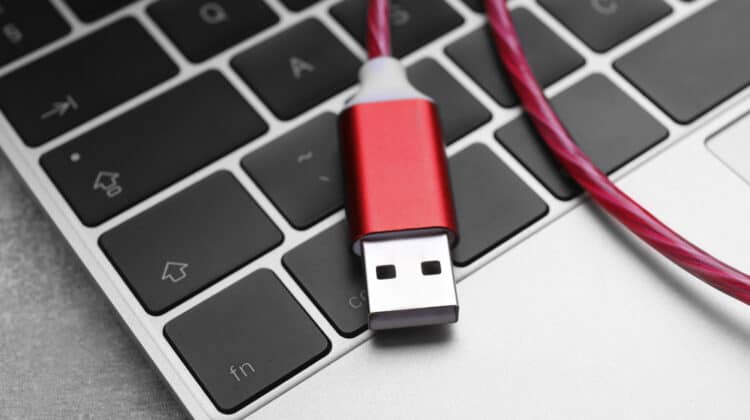



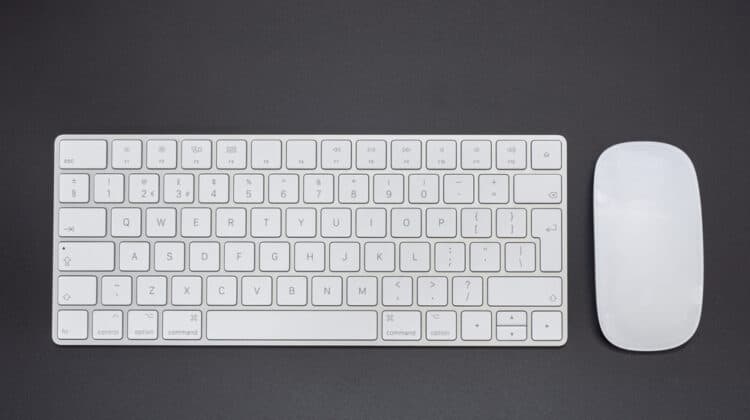

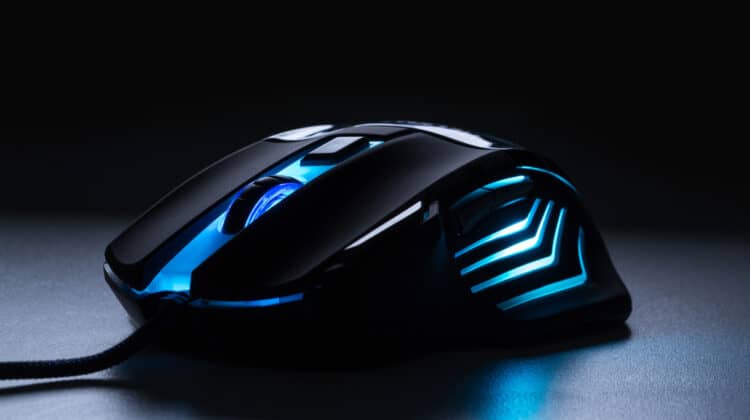
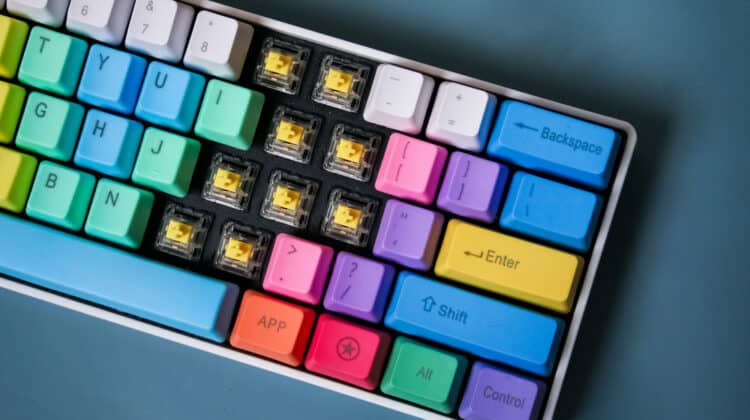


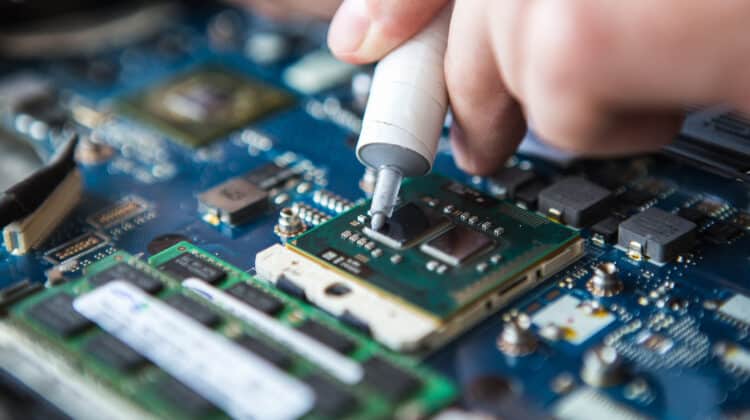

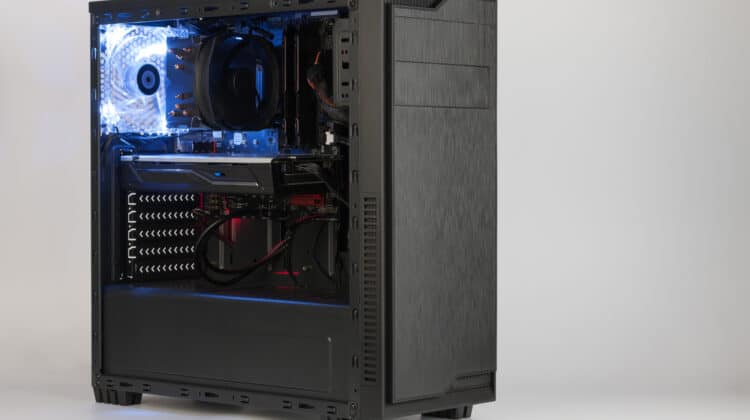






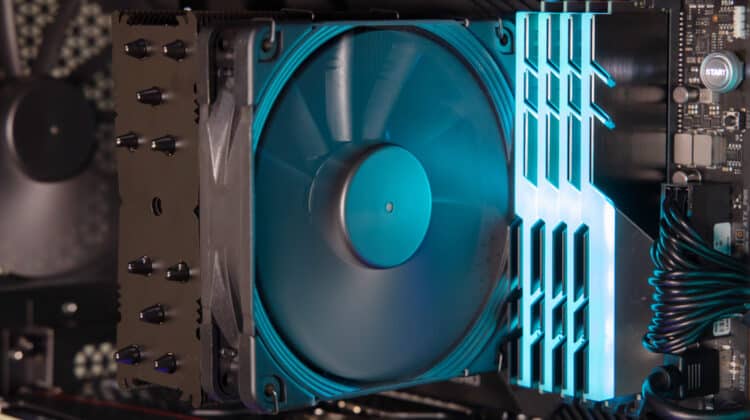



Where the losted data is stored in computer